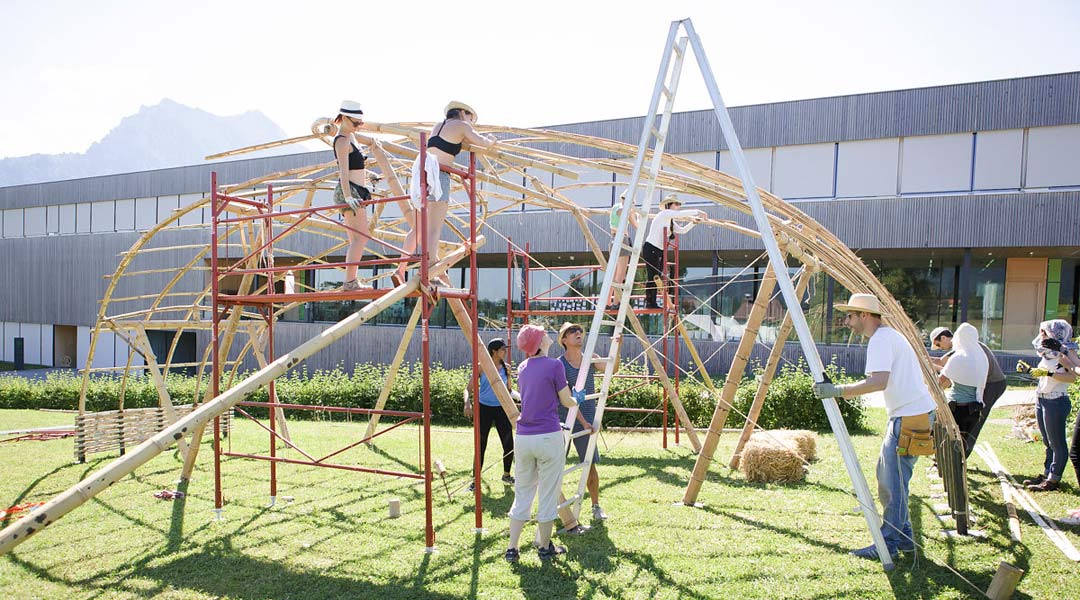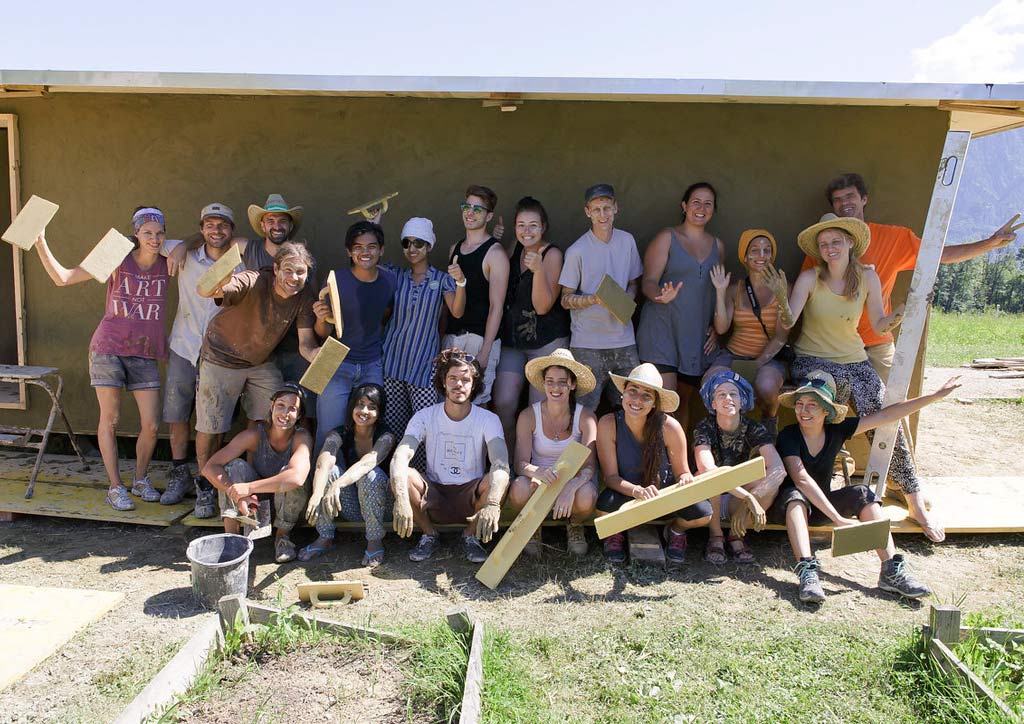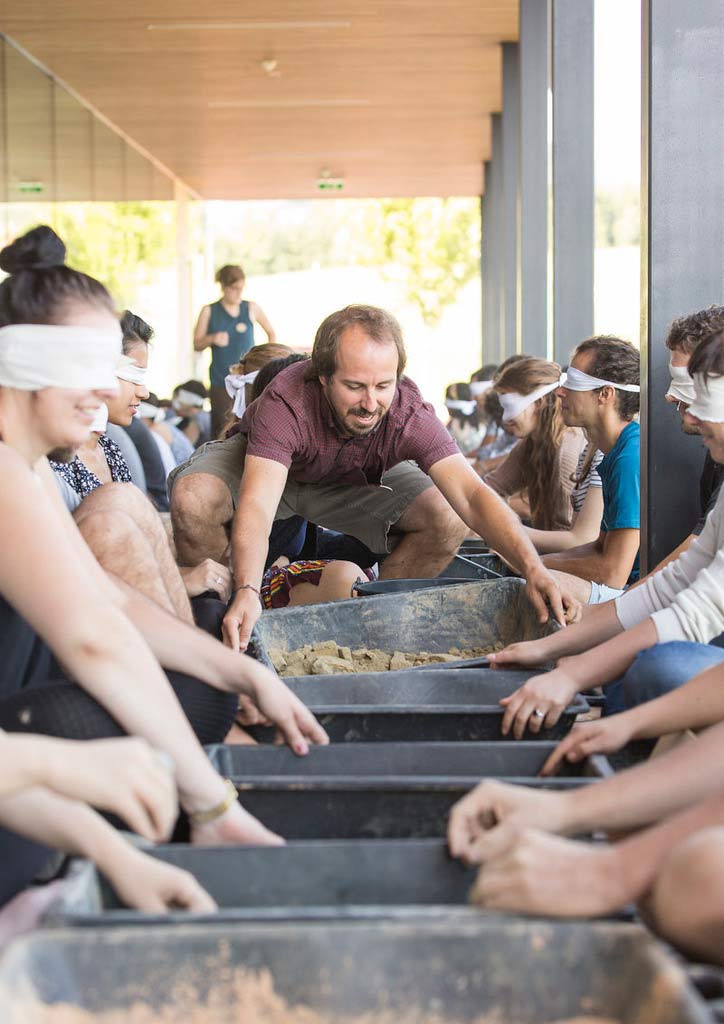
Design with bamboo and earth materials at BASEhabitat summer school
In 2015, I participated in the Archiprix 2015 Madrid, a biennial exposition of graduation projects from around the world. It was the Archiprix organizers who sent us an invitation to participate in the BASEhabitat International Summer School 2016.
Under the auspices of Universität für künstlerische und industrielle Gestaltung Linz (University of Arts and Industrial Design – Linz), BASEhabitat is a studio of the architecture department that explores the potential of traditional materials in modern practice. They opened the BH International Summer School in 2010 to raise awareness of natural and sustainable materials among design students and practitioners through design-build workshops.


I found out that the course has a scholarship program. After being successfully admitted and being granted a 50% scholarship, I felt excited yet apprehensive because I still couldn’t afford a trip to Europe on my own. When I declined their subsidy, they felt disheartened because BASEhabitat has not had any participants from Southeast Asia, a region where bamboo and other natural materials are abundant. They decided to waive the rest of the fee and encouraged me to join the summer school. I found a way to raise my travel fund, and, next thing I know, I was on a flight to Vienna.
The do-school is comprised of four tracks: Adobe, Rammed Earth, Earth+Fiber+Surface, and Bamboo. All of the topics will be tackled briefly but each participant will choose two materials to focus on during the two-week workshop. Other components of the summer school include Material Science and Theory classes, a field trip, and peer lectures.
READ MORE: Plants in architecture improve cities, says Vo Trong Nghia partner

During the summer school, we constructed a “Hypar” (hyperbolic-paraboloid) bamboo pavilion design by Greta Tressera, one of our bamboo instructors from Spain, and a curved structure comprised of split bamboo by Fatima Alvaro, who has done design-build projects in India. Rammed Earth expert Martin Rauch visited the summer school as a guest lecturer for the material and techniques. Amaco, a Lyon-based atelier focused on earth materials, presented the traditional process of producing adobe and taught us how to make earth blocks as substitutes for CHB elements.
At first, I didn’t have much knowledge in bamboo and earth materials, but I was interested in sustainable architecture and innovating techniques in contemporary practice. Amid the fast-paced development of cities, we tend to overlook the invasive effects of development. Allowing me to meet practitioners from various backgrounds, this summer school widened my perspective on earth materials and the immense potential of building with earth in the Philippines.
The next BH International Summer School happens on 16-30th July 2018. Application deadline is on 2 April 2018. Prepare a portfolio (max 6 A4 pages in b/w) and fill up the application form here.


